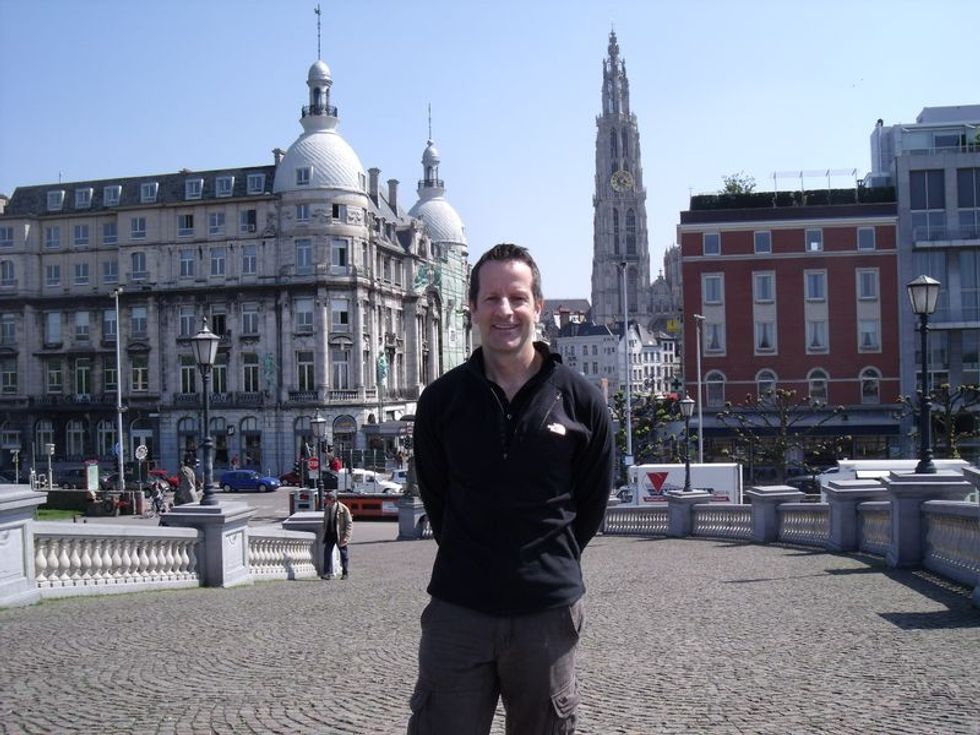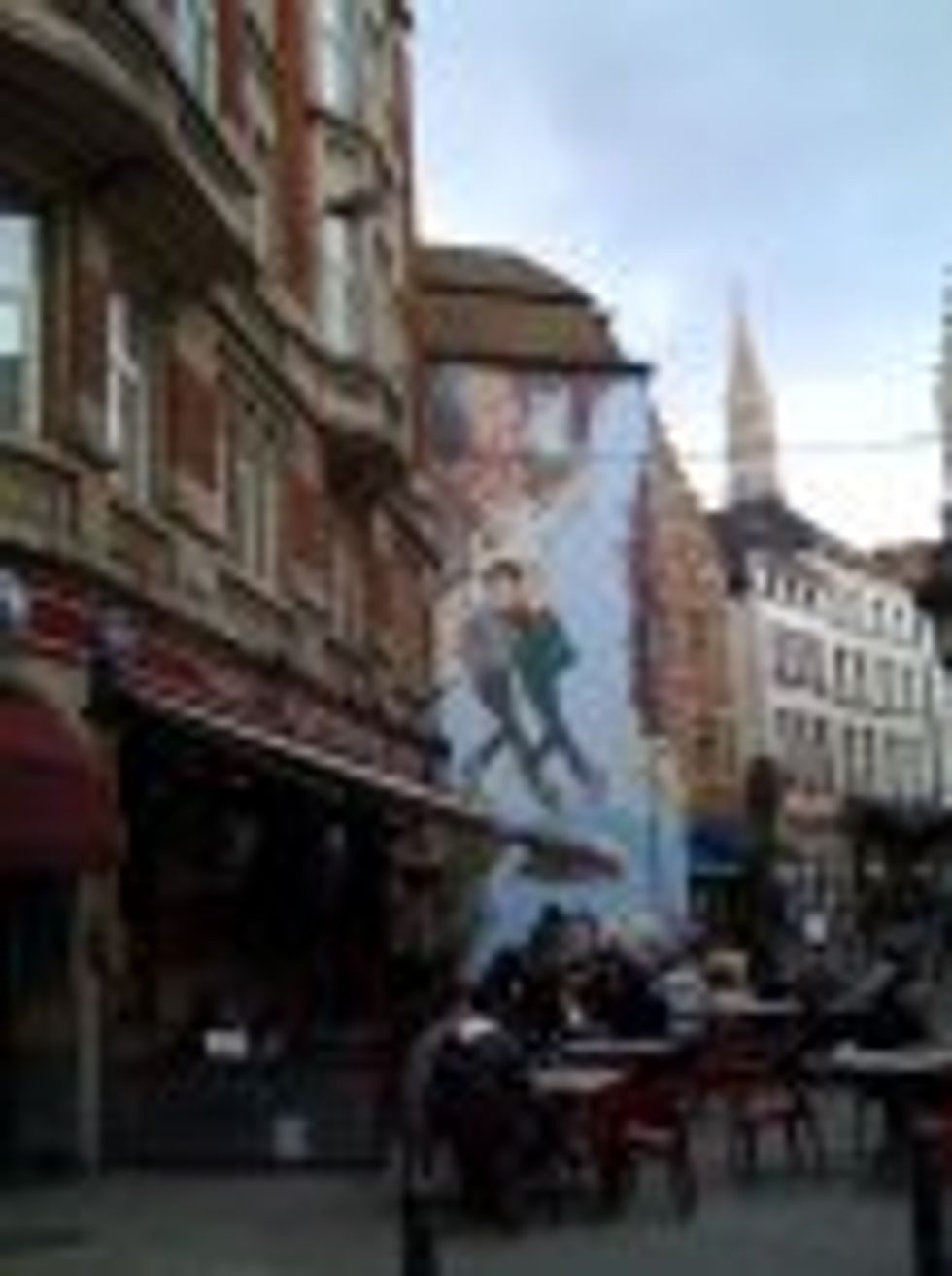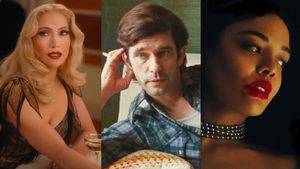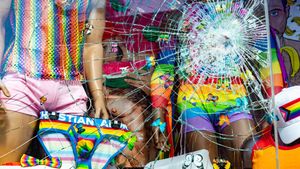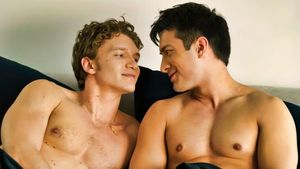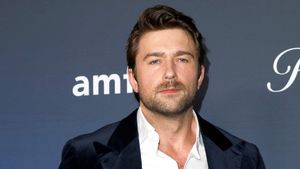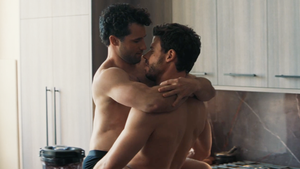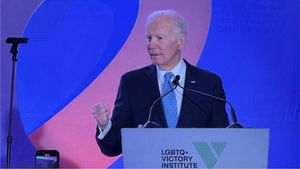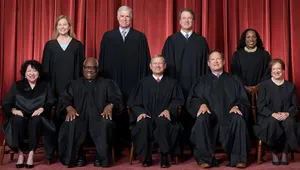Visit Flanders. Now!
Story and photos by Ed Salvato, editor in chief, OutTraveler.com
I just returned from a all-too-quick visit to Flanders, the northern (Flemish) part of Belgium that includes Brussels, Antwerp, Ghent and Bruges and where inhabitants primarily speak Flemish (nearly identical to Dutch), French and English. The other (southern) part of Belgium, known as Walloon, is primarily French speaking. It's a small country, roughly the size of Maryland, and easily and quickly traversed by train.
That the entire country is gay friendly seems unnecessary to say. Belgium became the second country in the world to allow same-sex marriages in 2003 (after the Netherlands), and lesbian and gay couples have all the same rights as heterosexual ones, including recently adoption. The community is almost entirely integrated into the fabric of society, including the military and other civic institutions. Notably, Antwerp's widely respected chief of police, Serge Muyters, is legally married to his husband, another high ranking police officer.
While Brussels is the largest, most bustling city in Belgium and serves as an important capital and crossroads, the more intriguing and truly Flemish destinations Antwerp, Ghent and Bruges provide visitors with a real feel for this welcoming, historically rich culture. My adventure began at 31,000 feet: Since my trip was so short, I decided to upgrade to Out Traveler Readers' Choice award winner American Airlines Business Class, which allowed me to 1) enjoy the very guilty pleasure of warm nuts (mind out of the gutter, please!) and homemade chocolate chip cookies; and 2) meet Amer Delic, my seat mate -- a very frequent traveler (thanks to a grueling year-round tournament circuit) and a handsome -- alas, straight -- top-seeded international tennis pro.
Brussels airport is small (relative to JKF anyway) and easy to get in and out of. Once you land and pass quickly through customs, you can take a train to reach most of the country via the train system's super-convenient airport stop. First stop, Antwerp.
Antwerp is a friendly, low-key destination that is very well known for its stunning array of architectural marvels, its cutting-edge fashion scene and its lucrative diamond trade. It also boasts a rich culinary scene, delicious beers and a very friendly gay scene. Centraal Station, left, the main train hub is a beautiful first point of entry to the city and makes a great first stop on any architectural tour.
I checked into the very centrally located 't Sandt Hotel where I reserved the Cathedral Suite, with stunning city views, including the Cathedral of our Lady. When completed in 1521, it was the tallest structure in the Low Countries (approximately 350 feet). It boasts two important paintings by Rubens. (The photo of the cathedral, right, was taken from my hotel.) Stop off at gay-owned, gay-popular Popi Cafe for a drink, coffee or light bite and possibly to meet some friendly locals. Saturday nights everyone gathers at Red and Blue dance club (owned by the same proprietor as Popi Cafe). Plan a trip during Antwerp Gay Pride, June 25-28
Here are a few more picture to whet your appetite for a visit.
The train to Bruges takes a little over an hour. This historic, medieval, seaside city, a UNESCO World Heritage Site, is the capital and largest city of the province of West Flanders. It enjoyed a robust economic life based around shipping and commerce from the 1200s to the 1700s or so then went into a quiet period of disuse. Rediscovered by wealthy French (and other) tourists in the 19th century, Bruges began a resurgence based largely on tourism. The good news is the city was never razed for development nor was it bombed extensively in any war.
A great way to view the city is via the motorized tour boats. There are only 20 or so legally authorized boats allowed to navigate the canal, and it's about $8 per person for a 1/2 hour tour from docks scattered throughout the city. If you are solo this is a great place for a day trip but be sure to bring a good guidebook or hire a guide. My guide, Wim Lybaert (wim.lybaert@woestijnvis.be) was great: friendly, informative and a local who added personal recollection which enhanced the tour. Couples may enjoy the romance of a visit spread over two days.
Final stop: Brussels. This is a teeming city, compared to Bruges or even Antwerp. Conveniently enough the gay section is primarily concentrated in a small section of the city (centered on rue Marche au Charbon) so a visit, even a short one, can include all the key gay bars, cafes and clubs. Best cafes to start your evening, get your bearings, grab a gay bar map and plot your evening: Fontainas (91 rue Marche au Charbon) or le Plattestteen (41, rue Marche au Charbon; in photo, right). Later after a few Duvels (a local, very potent beer named after Satan himself served in big goblets) take a short walk to Duquesnoy (12, rue Duquesnoy) -- a leather oriented bar that offers an crowded, cruisy downstairs and an upstairs dark area.
Note that Brussels Gay Pride is around the corner: May 16 is the big day.
For more mainstream trip-planning information, visit the official website for Flanders (www.visitflanders.us).




